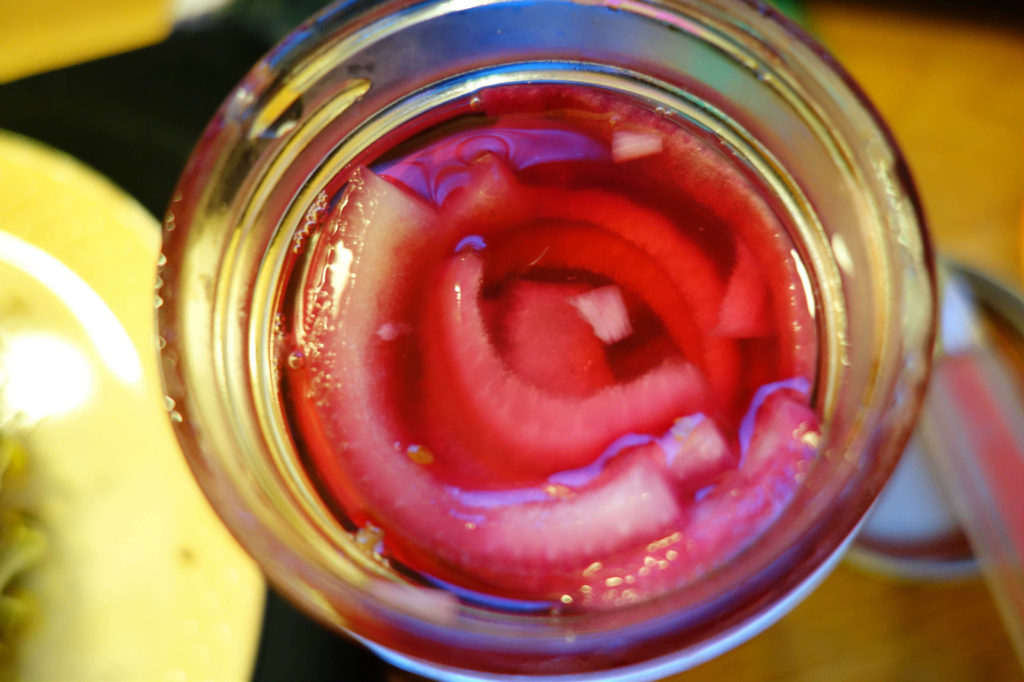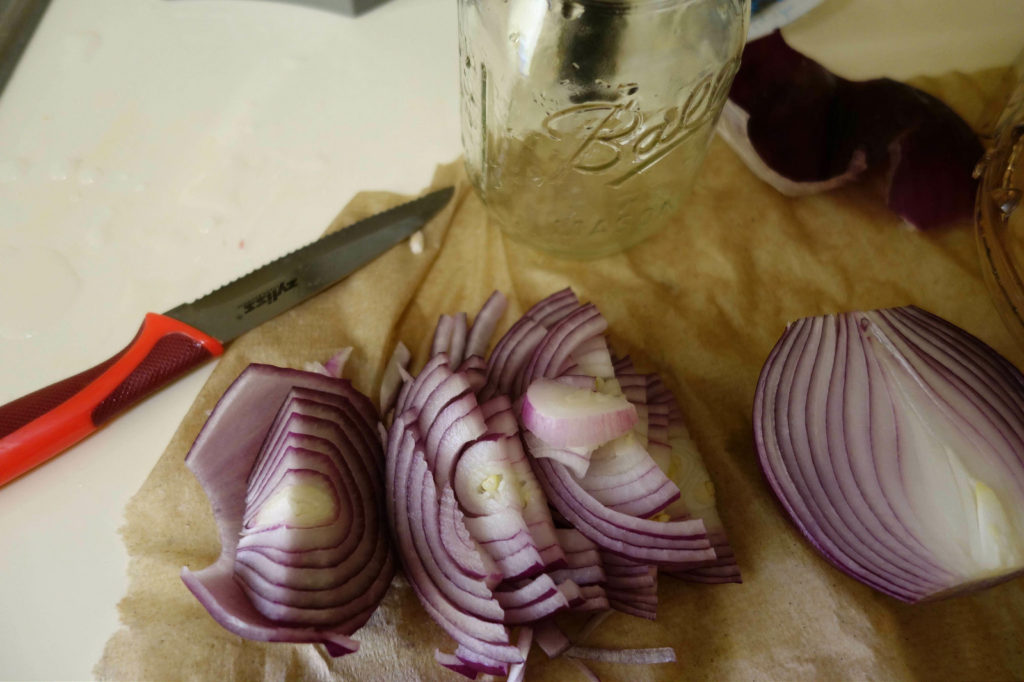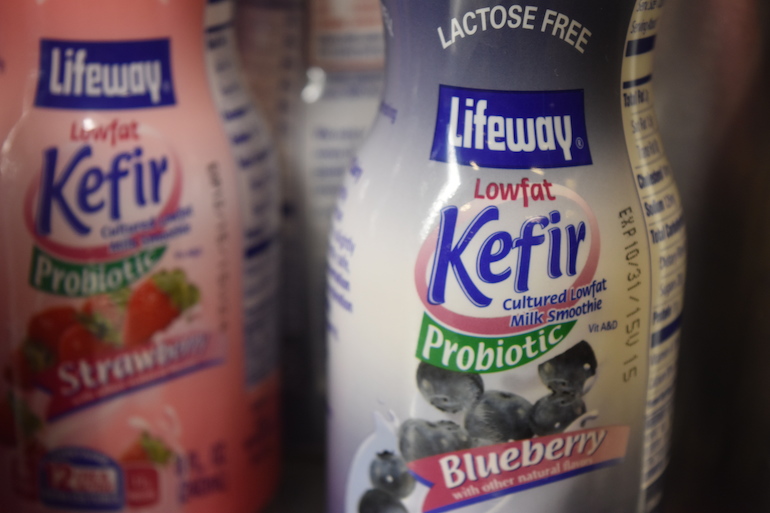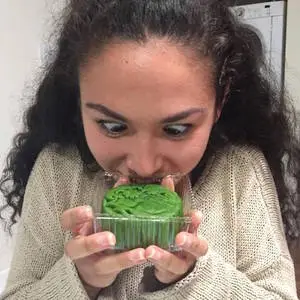The thought of fermented foods might seem gross to you at first, but that’s probably because you don’t know what they are. Saurkraut, kimchi, pickles, and the always trendy kombucha are examples of foods that have gone through the process of lacto-fermentation. If you’re like me and haven’t heard the word “lacto-fermentation” since grade 12 biology class, here’s what it means.
Lacto-fermentation is a process where Lactobacillus bacteria converts a produce’s sugars into lactic acid. Sounds complex but don’t worry, doing it is a lot easier than understanding it.

Photo by Jacky Falkenberg
Fermenting your own vegetables is the perfect college project because it’s cost efficient, easy, and preserves your food so it doesn’t go bad as quickly. Foods that would normally last a few days could last you months if you ferment them instead, and it tastes great. It’s definitely a new flavour profile to get used to if you don’t normally eat pickled foods, but the health benefits make it worth a try. Fermented veggies give your body probiotics that aid with digestion. With all the crap you put your body during college, you owe it to your digestive system to try fermented foods.

Photo by Hannah Petersen
To get the best results, you’ll want to buy the correct vessel. These don’t tend to be very expensive, maybe around $30. Next, you get to decide what shape you want your vegetables. You can chop, grate, slice or leave them whole, but consider what you’re fermenting before making your choice. Grating is best for hard crunchy vegetables and will leave your food with a relish-like consistency. You could also slice your vegetables, but if it’s a softer veggie, you should slice it a little thicker so it doesn’t fall apart or lose its shape during fermentation.

Photo by Jacky Falkenberg
Chopped veggies will take longer to ferment and they’ll also need a salt brine (salt dissolved in water), but if you’ve got the time, then chop ’em up. You can also just leave them whole, which works best for small vegetables or pickles.
The shape of the vegetable might change the fermentation time, but for the most part, if the room is around 60 degrees, your vegetables should be ready to eat in 2-6 weeks. Just remember that the vegetables must remain completely submerged in the water for the whole process. To check if they’re ready, you’ll have to open the jar and give it a taste.

Photo by Jessica Fedin
You can ferment anything you want really. The most common choices would be cucumbers and cabbage (both in kimchi and sauerkraut). But you could also ferment carrots, beets, red onions, and dairy products. It’s totally up to you to choose what tastes best, but no matter what you ferment, your body will be better for it.


